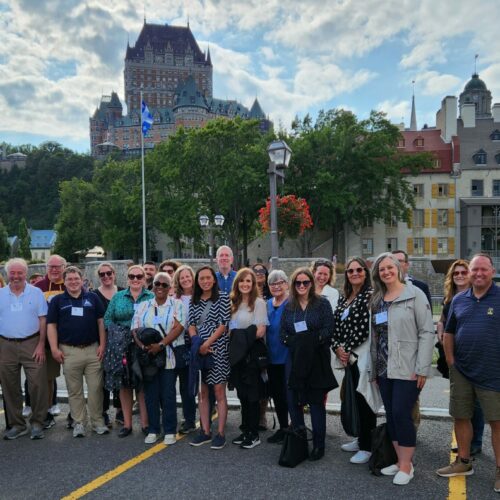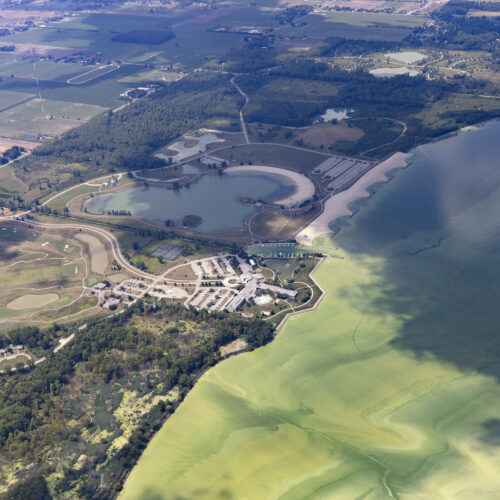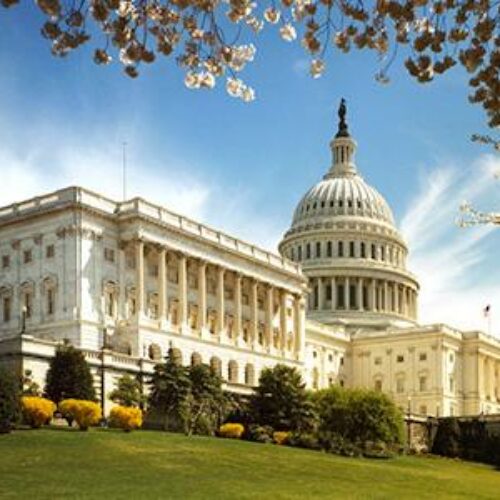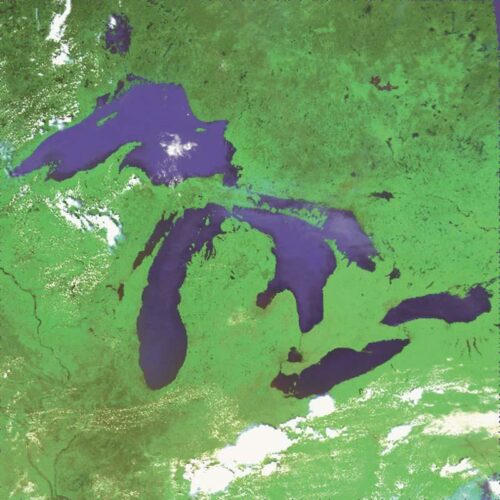Water Consumption
Water Consumption
Clean water is essential for the quality of life of our residents, the health of our environment, and the productivity of our economy.
Drinking water resources in the Great Lakes and St. Lawrence River region are threatened by pollution of water at the source, as well as aging infrastructure that introduces contaminants like lead as water is transported to homes, schools, and commercial buildings.
States and provinces are at the forefront of addressing these problems, particularly the financing of infrastructure upgrades that will remove lead-containing pipes and fixtures from the water distribution system.
In 2023, the GLLC adopted a policy agenda that identified water consumption as one of the top priorities for the Caucus. Specifically, the GLLC committed to the following:
Water Consumption: Ensure the availability of safe, clean, affordable drinking water
- Advocate for resources for lead service line replacements throughout the region, particularly in underserved communities
- Promote the GLLC Model Policy on lead in drinking water, including procedures to test and respond to lead in schools and childcare facilities and inventory and audits of water distribution systems
- Monitor the implementation of the Great Lakes–St. Lawrence River Basin Water Resources Compact and Great Lakes-St. Lawrence River Basin Sustainable Water Resources Agreement with consideration for both surface and groundwater resources
The GLLC also adopted a model policy on lead in 2019 to guide member action moving forward.
In 2018, state and provincial legislators gathered in Erie, Pennsylvania, for a special policy institute that would help GLLC members begin to take coordinated, regional action to address the problem of lead in drinking water.
Following the institute, the participating GLLC members organized the Caucus’s Task Force on Lead. The task force produced a GLLC resolution that committed the Caucus members to working together to reduce the population’s exposure to lead in drinking water. In 2019, the work of the task force continued with the development of an action plan and model policy for state and provincial legislators to consider enacting. This work continued in 2020 with revisions to both the action plan and the model policy to enhance opportunities for community water systems to finance the full replacement of lead service lines.
- Comment Letter on the U.S. EPA’s Proposed Revisions to the Lead and Copper Rule (February 2020)
- Model Policy (July 2019)
- Action Plan (December 2019)
- Resolution on Reducing Exposure to Lead in Drinking Water (September 2018)
On March 22, the GLLC held its second web meeting of 2024. Chad Lord, policy director for the…
Read MoreSlide Deck …
Read MoreSlide Decks “The Case for Wetlands” Wisconsin Wetlands Association …
Read MoreThe one-hour event featured a review of recent developments in U.S. federal policies as well as a look…
Read More








